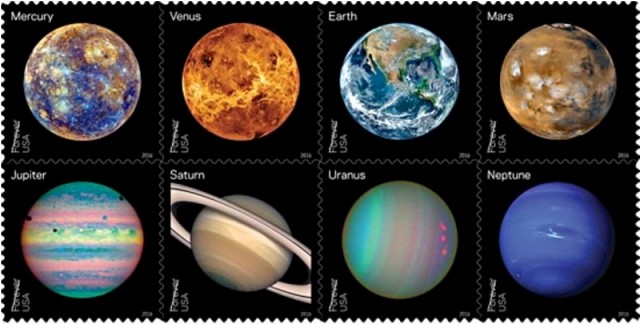This lovely set comes from Bulgaria, issued back in 1991, showing 8 different breeds of horses. I must note down that I am really ignorant when it comes to horse breeds, even though I really love these animals and my heart hurts when I see people using them for all that heavy work....not to mention how they treat them =/
The horses shown here are as follows:
- 0.05 lev - the Przewalski's horse - a rare and endangered subspecies of wild horse (Equus ferus) native to the steppes of central Asia. It was named after the Russian geographer and explorer Nikolay Przhevalsky, who was the first known European to describe the only extant species of wild horse.
- 0.10 lev - Tarpan - also known as Eurasian wild horse, is an extinct subspecies of wild horse. The last individual believed to be of this subspecies died in captivity in Russia in 1909, although some sources claim that it was not a genuine wild horse due to its resemblance to domesticated horses.
- 0.25 lev - Arabian horse - a breed that originated on the Arabian Peninsula. With a distinctive head shape and high tail carriage, the Arabian is one of the most easily recognizable horse breeds in the world. It is also one of the oldest breeds, with archaeological evidence of horses in the Middle East that resemble modern Arabians dating back 4,500 years. Throughout history, Arabian horses have spread around the world by both war and trade, used to improve other breeds by adding speed, refinement, endurance, and strong bone. Today, Arabian bloodlines are found in almost every modern breed of riding horse.
- 0.35 lev - White Arabian horse - many Arabians appear to have a "white" hair coat, but they are not genetically "white". This color is usually created by the natural action of the gray gene, and virtually all white-looking Arabians are actually grays. A specialized colorization seen in some older gray Arabians is the so-called "bloody-shoulder", which is a particular type of "flea-bitten" gray with localized aggregations of pigment on the shoulder.
- 0. 42 lev - Scottish Pony (probably the most adorable looking one) - known as the Highland Pony - one of the largest of the mountain and moorland pony breeds of the British Isles. Its pedigree dates back to the 1880s. It was once a workhorse in the Scottish mainland and islands, but today is used for driving, trekking and general riding. They are very hardy and tough, they rarely require shoeing, and are very economical to keep. They usually don't need rugs, and are generally free from many equine diseases.
- 0.60 lev - a (heavy) draft horse - a large horse bred to be a working animal doing hard tasks such as plowing and other farm labor. There are a number of breeds, with varying characteristics, but all share common traits of strength, patience, and a docile temperament which made them indispensable to generations of pre-industrial farmers.
For more beautiful horses on stamps, visit today's edition of Sunday Stamps!










